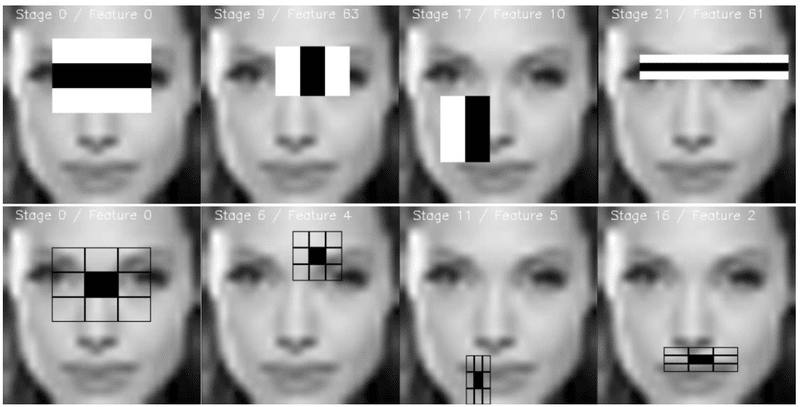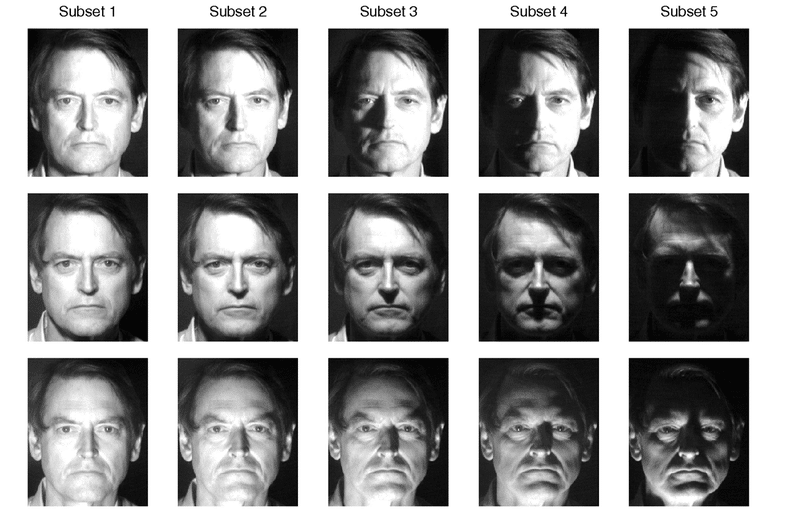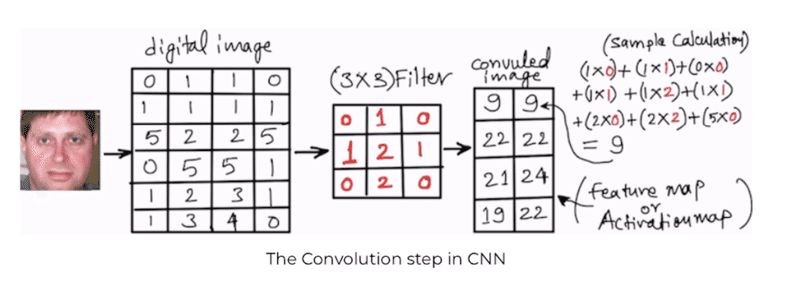
【Computer Vision(3)】Key technologies of facial recognition
In our first post of AquaAge CV series, we first introduced the challenges of Computer Vision (CV) tasks as follows.
And, then we introduced the main topic of CV, which is Image Recognition.
And as the third post of our CV series, we want to introduce five key technologies in facial recognition task.
Background
Facial recognition (顔認証) technology is a rapidly growing field that is being implemented in various industries, such as security systems, law enforcement, marketing, healthcare, gaming, and education. This technology enables machines and robots to recognize faces and understand facial expressions, leading to improved interactions with humans. In this post, we will introduce facial recognition technology and its various applications, such as skin analysis technology (肌測定), user identification through facial information(顔認証), and emotion recognition technology(感情認識). We will also discuss the latest trends, considerations, and future predictions for facial recognition, facial authentication, and emotion recognition.
Facial Recognition
Facial recognition technology is a biometric technology that recognizes and identifies individuals based on their unique facial features.
It uses advanced algorithms and machine learning to analyze facial patterns and compare them with a database to identify a person. Facial recognition technology is widely used in security systems, law enforcement, and marketing.

Facial recognition technology has the potential to revolutionize the security industry, replacing traditional methods of identification, such as ID cards or passwords, with biometric identification that is more secure and reliable. Law enforcement agencies use facial recognition technology to identify suspects and track their movements. Marketers use facial recognition technology to gather data on customer demographics and track their preferences to create personalized marketing campaigns.
Here are some key image analysis algorithms used in facial recognition and a brief description of each:
Viola-Jones algorithm
This algorithm uses Haar cascades to detect facial features such as eyes, nose, and mouth. It works by analyzing image regions at different scales to detect these features.

Eigenfaces algorithm
This algorithm uses principal component analysis (PCA) to identify the most important features of a face. It then compares these features to a database of known faces to identify a match.

Fisherfaces algorithm
This algorithm is an extension of the Eigenfaces algorithm that uses Fisher discriminant analysis (FDA) to further improve facial recognition accuracy. We have the comparision between Eigenfaces vs. Fisherfaces: Recognition Using Class Specific Linear Projection in our reference paper.

Fisherface is strong in variation in lighting issue in facial recognition.
Local Binary Patterns (LBP)
This algorithm detects facial features by analyzing patterns of pixels in an image. It works by comparing each pixel with its surrounding pixels to identify patterns that correspond to facial features.

LBP is strong in getting in texture information.
Convolutional Neural Networks (CNNs)
This algorithm uses deep learning to automatically learn the most important features of a face. It works by training a neural network on a large dataset of labeled faces, allowing it to identify patterns and features that are difficult for traditional algorithms to detect.

Summary of Key technologies of facial recognition
Each of these algorithms has its strengths and weaknesses, and they are often used in combination to achieve the best possible facial recognition results.
Viola-Jones algorithm: This algorithm is a popular choice for facial detection, but it can struggle with certain lighting conditions and orientations of the face.
Eigenfaces algorithm: This algorithm is good at identifying faces even in noisy or blurry images, but it can struggle with variations in facial expression or pose.
Fisherfaces algorithm: This algorithm is an improvement over the Eigenfaces algorithm when it comes to variations in expression and pose, but it requires more training data to achieve good results.
Local Binary Patterns (LBP): This algorithm is fast and efficient, making it a good choice for real-time applications, but it can struggle with variations in lighting and color.
Convolutional Neural Networks (CNNs): This algorithm has shown to be highly effective in facial recognition, achieving state-of-the-art results, but it requires a large amount of training data and computational resources to train.
Challenges in facial recognition
Challenges include issues related to accuracy, bias, and privacy concerns. For example, facial recognition algorithms can be less accurate for certain groups of people, such as those with darker skin tones or non-Western facial features. There are also concerns about the use of facial recognition in surveillance and the potential for misuse or abuse of the technology.
Future trends in facial recognition
Future trends include improvements in accuracy and fairness, as well as the development of more privacy-preserving techniques, such as the use of encrypted facial recognition data or decentralized facial recognition systems. There is also ongoing research into new algorithms and techniques for facial recognition, including the use of 3D modeling, facial motion analysis, and multi-modal recognition (such as combining facial recognition with voice or gait analysis).
Reference
Eigenfaces vs. Fisherfaces: Recognition Using Class Specific Linear Projection
https://www.google.com/url?sa=i&url=https%3A%2F%2Fcseweb.ucsd.edu%2Fclasses%2Fwi14%2Fcse152-a%2Ffisherface-pami97.pdf&psig=AOvVaw381hBOp1qdYW_dWiSBWm7a&ust=1682757930755000&source=images&cd=vfe&ved=0CBMQjhxqFwoTCLDxlfiXzP4CFQAAAAAdAAAAABAQ
この記事が気に入ったらサポートをしてみませんか?
